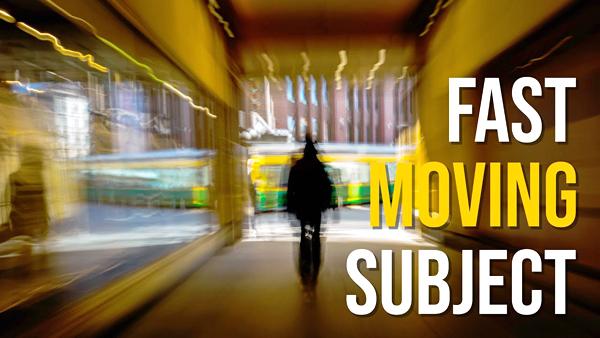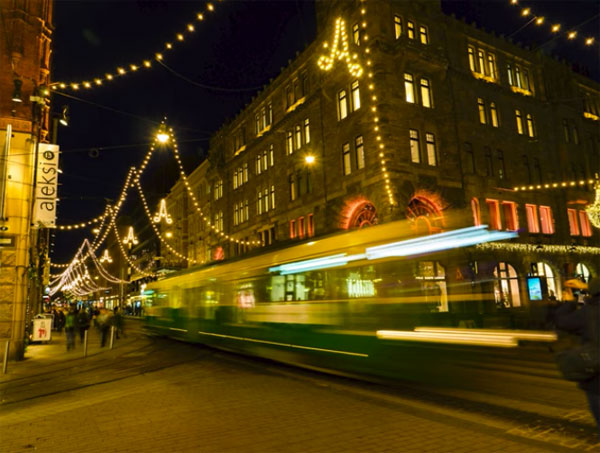How to Shoot ACTION for Photos with Dynamic Motion (PHOTO)

Many professional photographers credit their success to "telling a story" with their images. The tutorial below falls into that category by explaining how to capture action subjects in the most compelling way.
One common mistake when shooting moving subjects is to use an unnecessarily fast shutter speed. While this approach may result in photos with maximum sharpness throughout the frame, there's a much better way if you want your photos to stand out—and that's using a technique known as "motion blur" to depict what the image is all about.
What make this simple technique so much fun is that there are appropriate subjects just about everywhere you look. Examples include everything from birds in flight, moving water, and athletes during competition, to light trails emanating from cars moving down the road, and even pedestrians walking through an interesting scene.

In the tutorial below from Finnish photographer Peter Forsgard you'll learn how to add motion blur to these types of photos for a dynamic—rather than static—appearance. And it only takes six minutes to demonstrate how it's done.
As Forsgard explains, "If you use a long shutter speed as the subject moves through the frame, there will be motion blur that shows the speed of that subject." Some experimentation is often required because the "best" shutter speed to choose depends upon the specific task at hand and the effect you want to create.
As you'll see, there are other ways to convey (and even exaggerate) a sense of motion. One of the most effective methods is to follow a subject by panning with the camera as it moves through the frame. By doing this, your subject will remain relatively sharp while motion blur appears in the background.

Forsgard recommends using manual focus for assignments like these, especially when the subject is moving across the frame (rather than toward or away from the camera). This way you can anticipate the movement, focus on a specific distance, and make the shot as the subject hits the mark.
Sufficiently slow shutter speeds, while arriving at a correct exposure can be a difficult proposition on bright, sunny days, but Forsgard explains how to overcome that problem with the use of an ND filter.
Forsgard wraps up the lesson with a discussion of capturing light streaks in low light conditions. Subjects here could be the aforementioned light trails from moving cars, a colorful Ferris wheel, or a cyclist wearing reflective apparel. It's all easy to do, and the results can be spectacular, so get out there and give this a try.
You find more from Forsgard by visiting his popular YouTube channel, and by watching a tutorial we posted earlier with several common photography myths that another pro says belong in the "trash."







































